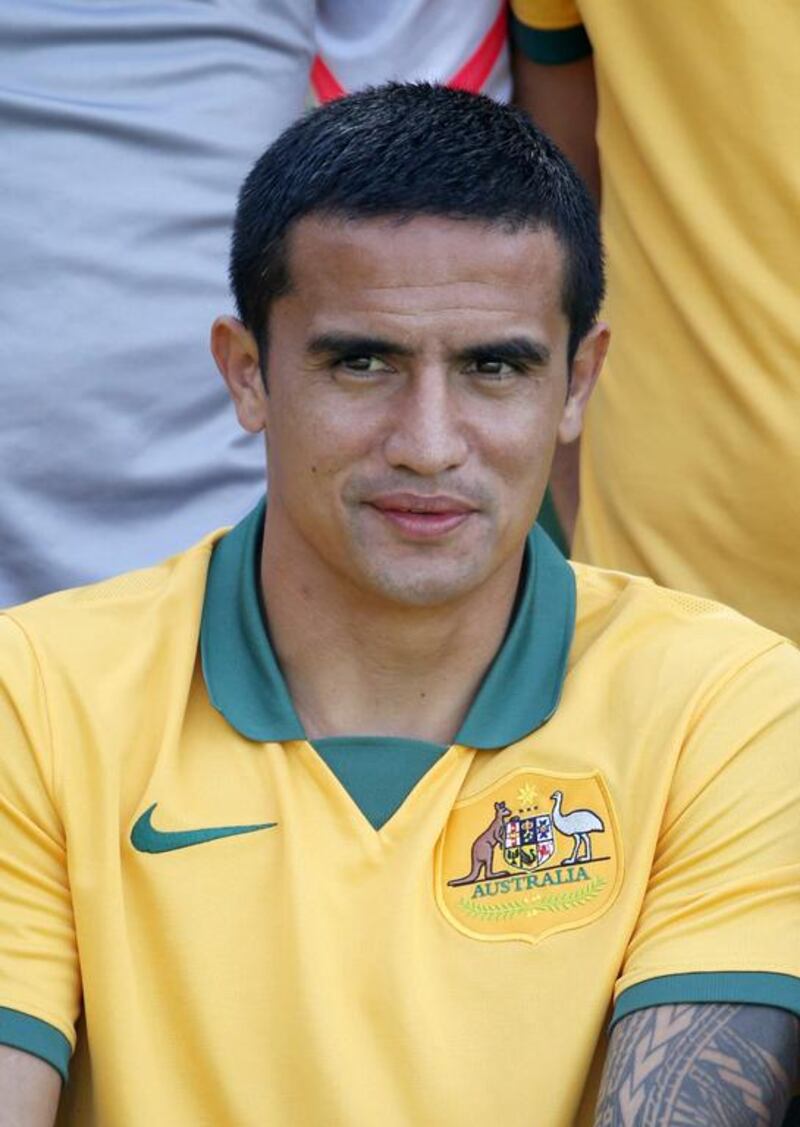An epidemic has preceded the 2014 World Cup finals. It has preyed on strikers, particularly the sort who spearhead their team’s attack and command some of the highest transfer fees and salaries in club football.
Colombia will be without Radamel Falcao, their figurehead, while a number of heavyweight contenders have an injury concern, or a no-show, in the forward line.
Italy left Giuseppe Rossi at home, partly because of a knee problem from which he recovered insufficiently to convince his coach, Cesare Prandelli, he should travel.
Spain have fitness worries over Diego Costa, Uruguay over Luis Suarez, Netherlands over Robin van Persie, while Germany did not include Mario Gomez, their target man, because of uncertainties over his recuperation from injury. Gomez would have been useful cover, at the least, for the veteran Miroslav Klose, who is the only player who might be described as a “target man” in the German squad.
For more World Cup stories, visit our dedicated microsite – thenational.ae/worldcup.
Click here for a downloadable 2014 World Cup wallchart.
But these sorts, known generically in world football as No 9s for the shirt number they usually wear, live in an era of great job insecurity.
Tactical trends, an emphasis on flexibility, mobility and tracking back have challenged the traditional centre-forward to reassess his role. The spearhead striker of the second decade of the 21st century is familiar with and perhaps weary of the term: “false nine”.
It is not an especially useful term, but it tries to describe a formation in which the spearhead is indistinct, the greater goal threat produced by midfielders, running into productive positions rather than by an attacker always looking to convert crosses or play off the shoulder of the deepest defender.
Coaches want more from their principal striker. Ask Fernando Llorente, who had a successful season at Juventus and represents just about the nearest thing Spain have to a target man. The world champions have not taken Llorente to Brazil.
Spain won the last European championship often fielding Cesc Fabregas, a midfielder, as their most advanced player. Their pass-and-move can sometimes make the traditional No 9 look marginalised and many teams admire and imitate the Spaniards.
What sometimes gets overlooked about Euro 2012, the most recent international tournament with a global audience, is how many goals were scored with headers, often from crosses.
The Australia striker Adam Taggart spoke candidly yesterday about his skill set and what it will mean in the match with Chile tomorrow. “The only thing I do is score goals,” he said, “I don’t do much else.”
Which may be why the Australians still put so much value on the 34-year-old Tim Cahill, a midfielder who was playing the “false nine” role almost a decade ago, with Everton, long before it became widely fashionable.
sports@thenational.ae
Follow our sports coverage on Twitter @SprtNationalUAE






